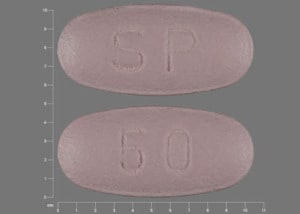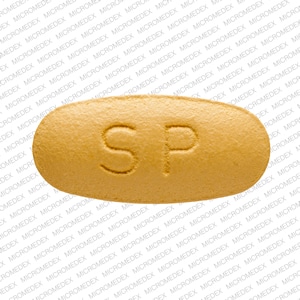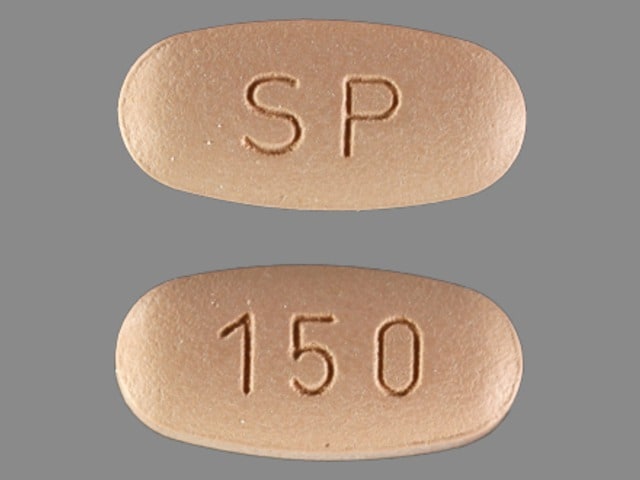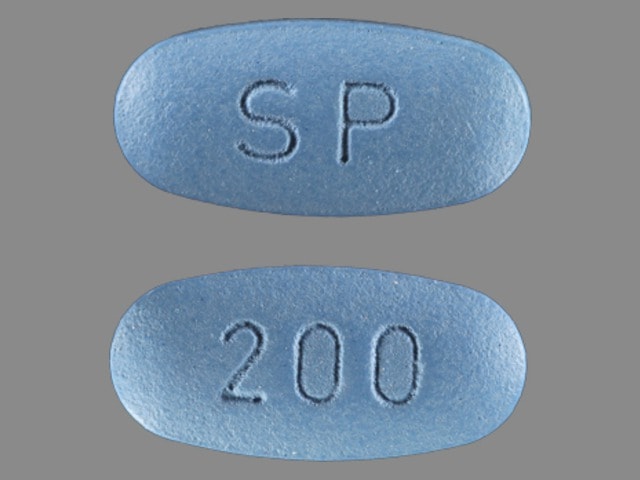What is Vimpat?
Vimpat is a prescription medicine used in people 4 years of age and older:
- to treat partial-onset seizures.
- with other medicines to treat primary generalized tonic-clonic seizures.
It is not known if Vimpat is safe and effective in children under 4 years of age.
What is the most important information I should know about Vimpat?
Do not stop taking Vimpat without first talking to your healthcare provider. Stopping Vimpat suddenly can cause serious problems. Stopping seizure medicine suddenly in a patient who has epilepsy can cause seizures that will not stop (status epilepticus).
Vimpat can cause serious side effects, including:
1. Like other antiepileptic drugs, Vimpat may cause suicidal thoughts or actions in a very small number of people, about 1 in 500.
Call a healthcare provider right away if you have any of these symptoms, especially if they are new, worse, or worry you:
- thoughts about suicide or dying
- attempt to commit suicide
- new or worse depression
- new or worse anxiety
- feeling agitated or restless
- panic attacks
- trouble sleeping (insomnia)
- new or worse irritability
- acting aggressive, being angry, or violent
- acting on dangerous impulses
- an extreme increase in activity and talking (mania)
- other unusual changes in behavior or mood
How can I watch for early symptoms of suicidal thoughts and actions?
- Pay attention to any changes, especially sudden changes, in mood, behaviors, thoughts, or feelings.
- Keep all follow-up visits with your healthcare provider as scheduled.
- Call your healthcare provider between visits as needed, especially if you are worried about symptoms.
- Suicidal thoughts or actions can be caused by things other than medicines. If you have suicidal thoughts or actions, your healthcare provider may check for other causes.
2. Vimpat may cause you to feel dizzy, have double vision, feel sleepy, or have problems with coordination and walking. Do not drive, operate heavy machinery, or do other dangerous activities until you know how Vimpat affects you.
3. Vimpat may cause you to have an irregular heartbeat or may cause you to faint. In rare cases, cardiac arrest has been reported. Call your healthcare provider right away if you:
- have a fast, slow, or pounding heartbeat or feel your heart skip a beat
- have shortness of breath
- have chest pain
- feel lightheaded
- fainted or if you feel like you are going to faint
If you have fainted or feel like you are going to faint you should lay down with your legs raised.
4. Vimpat is a federally controlled substance (CV) because it can be abused or lead to drug dependence. Keep your Vimpat in a safe place, to protect it from theft. Never give your Vimpat to anyone else, because it may harm them. Selling or giving away this medicine is against the law.
What should I tell my healthcare provider before taking Vimpat?
Before you take Vimpat, tell your healthcare provider about all of your medical conditions, including if you:
- have or have had depression, mood problems or suicidal thoughts or behavior.
- have heart problems.
- have kidney problems.
- have liver problems.
- have abused prescription medicines, street drugs or alcohol in the past.
- are pregnant or plan to become pregnant. It is not known if Vimpat can harm your unborn baby. Tell your healthcare provider right away if you become pregnant while taking Vimpat. You and your healthcare provider will decide if you should take Vimpat while you are pregnant.
- If you become pregnant while taking Vimpat, talk to your healthcare provider about registering with the North American Antiepileptic Drug Pregnancy Registry. You can enroll in this registry by calling 1-888-233-2334. The purpose of this registry is to collect information about the safety of antiepileptic medicine during pregnancy.
- are breastfeeding or plan to breastfeed. It is not known if Vimpat passes into your breast milk or if it can harm your baby. Talk to your healthcare provider about the best way to feed your baby if you take Vimpat.
Tell your healthcare provider about all the medicines you take, including prescription and over-the-counter medicines, vitamins, and herbal supplements.
Taking Vimpat with certain other medicines may cause side effects or affect how well they work. Do not start or stop other medicines without talking to your healthcare provider. Know the medicines you take. Keep a list of them and show it to your healthcare provider and pharmacist each time you get a new medicine.
How should I take Vimpat?
- Take Vimpat exactly as your healthcare provider tells you.
- Your healthcare provider will tell you how much Vimpat to take and when to take it.
- Your healthcare provider may change your dose if needed.
- Do not stop Vimpat without first talking to a healthcare provider. Stopping Vimpat suddenly in a patient who has epilepsy can cause seizures that will not stop (status epilepticus).
- Vimpat may be taken with or without food.
- Swallow Vimpat tablets whole with liquid. Do not cut Vimpat tablets.
- If your healthcare provider has prescribed Vimpat oral solution, be sure to ask your pharmacist for a medicine dropper or medicine cup to help you measure the correct amount of Vimpat oral solution. Do not use a household teaspoon. Ask your pharmacist for instructions on how to use the measuring device the right way.
- If you take too much Vimpat, call your healthcare provider or local Poison Control Center right away.
What should I avoid while taking Vimpat?
Do not drive, operate heavy machinery, or do other dangerous activities until you know how Vimpat affects you. Vimpat may cause you to feel dizzy, have double vision, feel sleepy, or have problems with coordination and walking.
What are the possible side effects of Vimpat?
Vimpat may cause other serious side effects including:
- A serious allergic reaction that may affect your skin or other parts of your body such as your liver or blood cells. Call your healthcare provider right away if you have:
- a skin rash, hives
- fever or swollen glands that do not go away
- shortness of breath
- tiredness (fatigue)
- swelling of the legs
- yellowing of the skin or whites of the eyes
- dark urine
The most common side effects of Vimpat in adults include:
- double vision
- headache
- dizziness
- nausea
- sleepiness
These are not all of the possible side effects of Vimpat. For more information ask your healthcare provider or pharmacist. Tell your healthcare provider about any side effect that bothers you or that does not go away. Call your healthcare provider for medical advice about side effects. You may report side effects to FDA at 1-800-FDA-1088.
Vimpat Images
General Information about the safe and effective use of Vimpat
Medicines are sometimes prescribed for purposes other than those listed in a Medication Guide. Do not use Vimpat for a condition for which it was not prescribed. Do not give Vimpat to other people, even if they have the same symptoms that you have. It may harm them.
This Medication Guide summarizes the most important information about Vimpat. If you would like more information, talk with your healthcare provider. You can ask your pharmacist or healthcare provider for information about Vimpat that is written for health professionals.
How should I store Vimpat?
- Store Vimpat at room temperature between 68ºF to 77ºF (20ºC to 25ºC).
- Do not freeze Vimpat injection or oral solution.
- Throw away any unused Vimpat oral solution 7 weeks after you first open the bottle.
Keep Vimpat and all medicines out of the reach of children.
What are the ingredients in Vimpat?
Active ingredient: lacosamide
Inactive ingredients:
Tablet: colloidal silicon dioxide, crospovidone, hydroxypropylcellulose, magnesium stearate, microcrystalline cellulose, polyethylene glycol, polyvinyl alcohol, talc, titanium dioxide and additional ingredients listed below:
- 50 mg tablets: red iron oxide, black iron oxide, FD&C Blue #2/indigo carmine aluminum lake
- 100 mg tablets: yellow iron oxide
- 150 mg tablets: yellow iron oxide, red iron oxide, black iron oxide
- 200 mg tablets: FD&C Blue #2/indigo carmine aluminum lake
Injection: sodium chloride, water for injection, hydrochloric acid
Oral solution: purified water, sorbitol solution, glycerin, polyethylene glycol, carboxymethylcellulose sodium, acesulfame potassium, methylparaben, flavoring (including natural and artificial flavors, propylene glycol, aspartame, and maltol), anhydrous citric acid and sodium chloride.
For more information, go to www.vimpat.com or call 1-844-599-2273.








